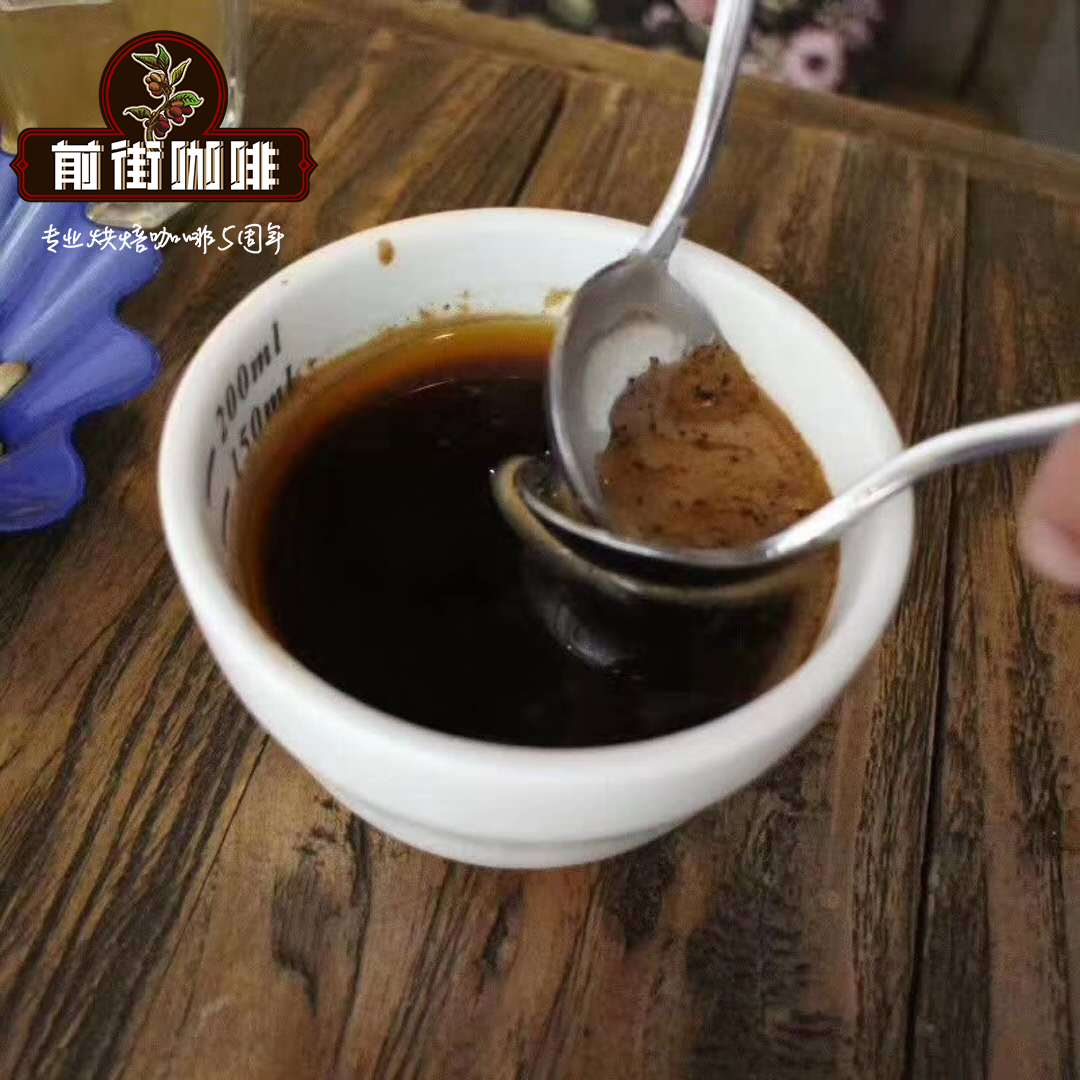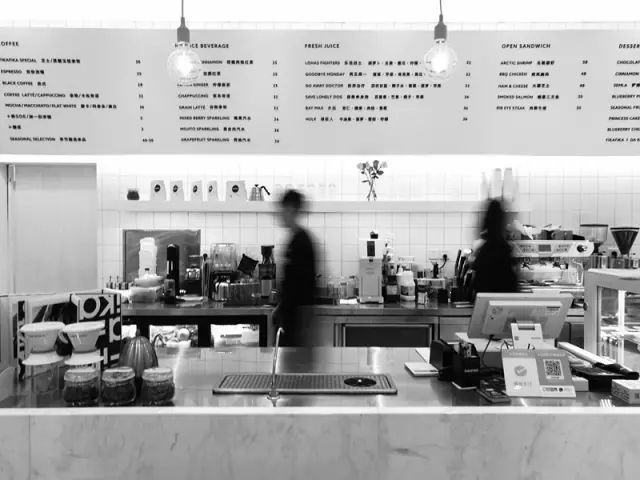How do you drink Latin American coffee? What are the characteristics of Latin American coffee?

Professional coffee knowledge exchange more coffee bean information please follow the coffee workshop (Wechat official account cafe_style)
With the improvement of the quality of life, enjoying coffee has become a fashion of life today. As for how to taste a cup of coffee, it is a profound knowledge. What are the differences in the knowledge of coffee and the taste of the place where it comes from?
Coffee should be the most common refreshing drug in the world, and it is also the most economically valuable drink. The United States is the country with the highest coffee consumption, consuming 400 million cups a day. In Finland, the average person drinks four to five cups of coffee a day, the highest per person. Other countries such as Sweden, Italy, Japan and South Korea are also important consumers of coffee.
It is believed that in the sixth century, an Ethiopian shepherd inadvertently discovered that the sheep became energetic after eating the red fruit of a shrub, and the shepherd distributed the fruit to the monks, which really helped the monks stay awake during evening prayers. This kind of fruit is coffee beans. Historians agree that coffee originated in the Ethiopian highlands and was originally eaten by directly chewing coffee beans, not the current brewing style.
In the 15th century, coffee was introduced to Mecca, and Muslims who came on a pilgrimage to Mecca spread it all over the Islamic world. So from Cairo, Istanbul, Tehran, all the way to Venice. At the end of the 17th century, coffee became a common commodity in Europe, and coffee shop culture gradually formed, and because Europeans planned to produce coffee in the colonies, coffee could become a worldwide drink and a global crop.
There are many versions of the introduction of coffee into Latin America. It is believed that French naval officer Gabriel Mathieu de Clieu,1687-1774 opened up the Latin American coffee business when he stole one or more coffee seedlings from the royal greenhouse and brought them to the Caribbean island of Martinique in 1720. Another said that the Dutch were the first to transplant coffee to the Latin American colony of Suriname.
The coffee growing belt is distributed between the latitudes of 25 degrees south and north. The countries located in this growth zone include not only Ethiopia, Yemen and Kenya, but also the vast expanse of Latin America. Arabica is a high-altitude variety, which is the mainstream variety of coffee, while there are many highlands ranging from 60 to 1500 meters in Latin America, coupled with sufficient sunshine, which is suitable for Arabica species to grow. A coffee plant can be harvested after four years, and then it can be produced continuously for several decades. It is a cash crop with high return on investment. However, coffee is a crop that requires a lot of labor. During the colonial period, the owners of the coffee plantations were all local oligarchs and big landlords, and the source of labor was aborigines or slaves. At the end of the 19th century, in addition to the traditional large coffee gardens, small family coffee farmers began to appear, while there were also well-funded multinational corporations scrambling to eat coffee cakes. Behind the Latin American coffee economy is a history of cheap labor full of exploitation, injustice and monopoly.
Brazil, the world's largest coffee exporter, accounts for 1/3 of the world's production. Since the end of 2013, there has been a continuous drought in the central and southern parts of the country, and production is expected to drop sharply by 30%. Prices surged on February 17 and 18 to reach the largest fluctuation record in 13 years. The lack of moisture in the fruiting process of coffee beans not only affects the quality, but also may dry up and fall to the ground without harvest before the harvest in May. The current average purchase price is $2 per pound, up from $1.50 at the beginning of the year. But several droughts persist, with three dollars a pound just around the corner. Coffee production every two years a cycle encountered turbulence, inventory is less than restocking and much lower than consumption, next year's supply and marketing imbalance is almost inevitable.
The price of Arabica coffee fluctuated in the international market, breaking through US $180.25 per 45.5kg bag on February 27th, an increase of US $70 in the past three months. For Central American coffee farmers, whose income is extremely unstable, the surge in prices is not good news, as leaf spot disease leads to poor harvests and loses the opportunity to make huge profits. In the case of Taiwan's more well-known Guatemalan coffee, the Guatemalan Coffee Association Ancafe released export statistics of more than 3.706 million bags for the year ended September last year, a sharp drop of 38% from the previous fiscal year, reflecting an astonishing record for three consecutive years since 2010. Adecafeh, a coffee exporter in Honduras, also saw a 24% drop in exports, with a $650 million drop in income, which would have an unimaginable impact on impoverished coffee farmers.
After falling 30.19% and 18.92% in 2011 and 2012, Panamanian exports have gradually stabilized through strong marketing since 2013. On the Cerro Tute of Mount Tut, which is 1800 meters above sea level in the central Veragus province of Veragus, 45 years ago, the first coffee farmers' cooperative was founded by Spanish Father Jayego Hector Gallego to grow ecological coffee. "Tut Coffee Caf é Tute", which tastes on a par with export boutique coffee, does not need to pay publicity fee except free word-of-mouth. It continues to provide constant fragrance to the provincial capital Santiago and neighboring villages and towns at civilian prices. Unfortunately, Taiwan's coffee importers missed the opportunity.
The latest harvest data of Central American coffee associations from October 2013 to 2014 showed that the worst-hit areas Nicaragua fell by 79.5%, Guatemala by 42.4% and Costa Rica by 9.1%. Colombia in South America, Peru and Dominica in the Caribbean grew by 47.5%, 14.4% and 7.6% respectively, partly making up for the shortfall in the international market.
If African coffee has a good berry flavor and Asian coffee has obvious herbal flavor, then Latin American coffee is more balanced and changeable.
Qianjie recommended cooking data:
V60According 88-90 ℃ / 1 15 / time two minutes
Important Notice :
前街咖啡 FrontStreet Coffee has moved to new addredd:
FrontStreet Coffee Address: 315,Donghua East Road,GuangZhou
Tel:020 38364473
- Prev

The traditional cafe is too traditional, how to break it? How to shape the image of coffee brand?
Professional coffee knowledge exchange more coffee bean information Please pay attention to the coffee workshop (Wechat official account cafe_style) when there is competition in all industries, unless you have a very strong brand core competitiveness, in the environment where the marketing battlefield is changing faster and faster, how can traditional cafes seize the essence to build core brand competitiveness? Now in traditional cafes, it seems that Weibo
- Next

How to drink Latin American Coffee Latin American Coffee cultivation Culture Latin American Coffee characteristics
Professional coffee knowledge exchange more coffee bean information please follow the coffee workshop (Wechat official account cafe_style) Coffee growth belt is distributed between 25 degrees south and north latitude. The countries located in this growth zone include not only Ethiopia, Yemen and Kenya, but also the vast expanse of Latin America. Arabica (Arabica) is a high altitude variety, which is the mainstream variety of coffee.
Related
- What documents do you need to go through to open a coffee shop? coffee shop coffee shop certificate processing process
- How to purchase Coffee beans in small Cafe how to choose a suitable supplier for domestic Coffee supply Company
- How to drink Starbucks Fragrance White Coffee? how to make Australian White Coffee? what Italian coffee beans are recommended?
- The Story of Flora Coffee: the name of Flora Coffee Bean and the implication of the Flowers on Florna Coffee
- How much does a cup of coffee cost? How much is the profit of a cup of coffee? What is the profit of the coffee shop in a year?
- Yunnan small Coffee, known as "fragrant Coffee", introduces the characteristics of Alpine Arabica Coffee producing areas in Yunnan, China
- 2023 latest Starbucks full menu price list how much is a cup of Starbucks coffee what is better to drink the most popular hot and cold drinks recommended
- Starbucks different kinds of Coffee Price list Starbucks menu 2023 Top Ten Best drinks in Starbucks
- Starbucks Spring praise Comprehensive matching Coffee Bean theme Story Packaging implication and taste description
- The cost of a cup of coffee latte American coffee cost price and selling price

